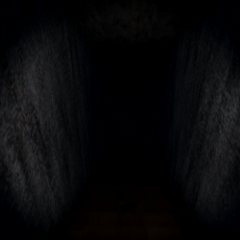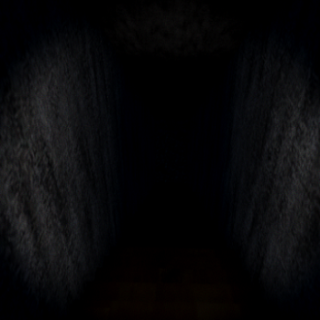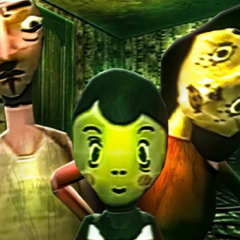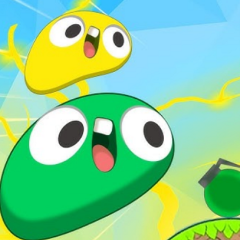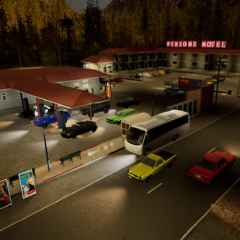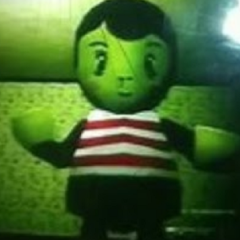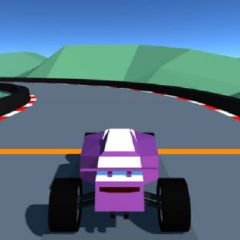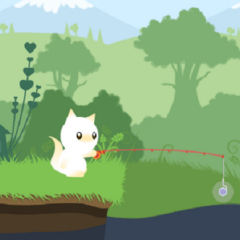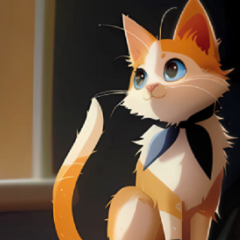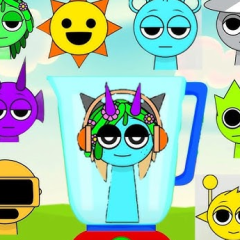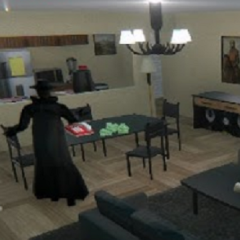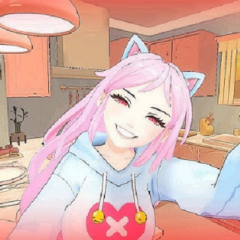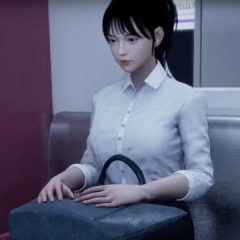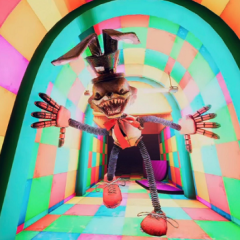Trick or Treat opens with Michael returning to his old family home on the night of Halloween. The house is quiet but not empty — visitors come and go, some masked, some unrecognizable. The player takes control as Michael begins moving through the familiar rooms, performing small household tasks and greeting guests. The space feels stable at first, but time and repetition slowly alter perception. Actions begin to overlap, and sounds echo without clear source. What starts as a routine evening begins to shift into a sequence of uncertain events that the player must piece together through exploration.
Story Flow
The narrative of Trick or Treat develops through interaction rather than exposition. The player uncovers fragments of the story by examining objects, opening doors, and talking to figures who appear during the night. Each exchange provides incomplete information that may or may not be true. The story does not move in a straight line; instead, it loops through different states depending on what the player investigates. The more the house is explored, the more contradictions surface between what Michael sees and what others say. This structure makes observation the central mechanic — understanding replaces action as the main goal.
Gameplay Core
The systems in Trick or Treat are minimal yet functional, designed to maintain focus on discovery and atmosphere.
· Movement between rooms and interaction with highlighted objects.
· Short dialogue exchanges that contain hidden cues or contradictions.
· Optional tasks that reveal background details about Michael’s past.
· Repetition of events that slightly change based on previous choices.
These elements turn the game into a study of sequence and attention. The absence of combat or resource management encourages the player to read patterns in behavior and environment instead of chasing victory conditions.
Character Interaction
Michael remains the central presence throughout Trick or Treat, while the other figures appear and disappear in ambiguous ways. Some act as guests or neighbors, others speak in familiar tones without clear identity. Their function is to reflect Michael’s memory of the place rather than to form independent relationships. The conversations are brief and repetitive, but subtle changes in dialogue indicate that something shifts beneath the surface. The player begins to notice that each visitor might represent a piece of the past, turning ordinary encounters into silent clues about what truly happened inside the house.

